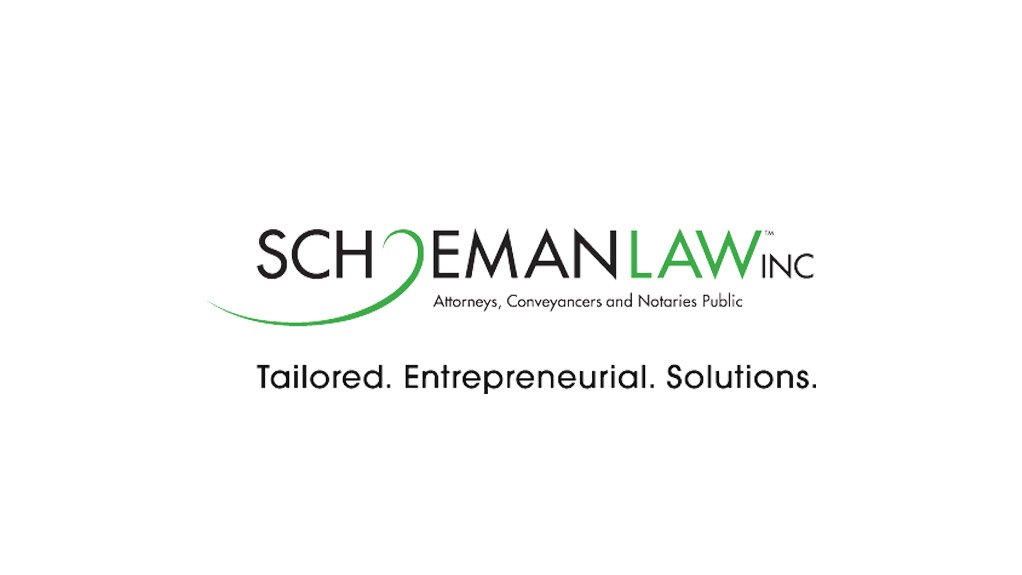Value-based pricing is the new kid on the block for many law firms. However, it is statistically proven to be the model which shows the highest level of client retention. So, why are we not using it?
The problem with the billable hour is that many clients have become cost-sensitive, and the result is that a lack of predictability and transparency in billing practices has decreased trust.
Fixed fee models are often not profitable without solid systems and processes to ensure that it is feasible. So, I believe fixed-fee models are not the best fit for firms without these crucial processes.
Firm value-based models
The Value of benefits for firms to establish a value-based pricing strategy could, according to the International Institute of Legal Project Management:
- Access to superior expertise.
- Business and Industry knowledge is the knowledge of the specific business or previous experience dealing with the same type of business or industry.
- One-stop-shop service.
- Innovation.
- Speed to respond or deliver, the ability to provide a priority of our service, which is generally deemed to be giving a preferred treatment to progress the legal matter.
- Availability of the attorney and overall responsiveness.
- The geographic locality has potentially become less relevant post-2020.
- Value-added bonuses include items to provide Value, from newsletters to training opportunities.
- Comparative savings centres around the principle of return on investment, in other words – the relation between the spend and the resultant benefit.
What does this mean on an individual level?
"Know your value (or worth") means knowing what to spend your time and energy on. It, therefore, suggested that a sense of self is crucial.
It knows your behaviour style as a practitioner and your highest value (in terms of values and principles that are important to you.
As such, a strategy in terms of engaging the ideal client on an individual basis could include:
- Access to superior expertise.
- Business and Industry knowledge.
- Innovation in your problem-solving ability.
- Speed to deliver quality (without avoidable delays) as this makes a client feel appreciated in a world where everything is immediately available.
- Availability of the attorney and overall responsiveness.
- Comparative savings centres around the principle of return on investment, in other words – the relation between the spending both in time and money and the resultant benefit.
Measuring benefit/impact
The issue of communicating and being aware of a return on investment is crucial if you are seeking to remain relevant. Let me illustrate this by an example:
A client approaches you to collect R1000 000 ‘s debt from clients who are not paying them. The legal cost computes R200 000, and the debt is now R850 000. So there are around R500 000 new client debts to collect.
The ROI is – 14,8%
Conversely - a client approaches you to collect R1000 000 's debt from clients who are not paying them. The legal cost computes R300 000 for the collection and internal improvements of the systems and documents with the client. The debt is now at R850 000, and no new debtors arose.
The ROI is – 35,3% even though clients spent more.
Communicating the advantages of working with yourself or your firm is critical in remaining competitive and, in addition, measuring your positive contribution or ROI and sharing it.
LPM teaches you to think and communicate more powerfully.
Contact SchoemanLaw for LPM training in Africa https://www.schoemanlaw.co.za/training/ and upcoming events: https://www.schoemanlaw.co.za/media-events/
Written by Nicolene Schoeman-Louw, SchoemanLaw
EMAIL THIS ARTICLE SAVE THIS ARTICLE ARTICLE ENQUIRY
To subscribe email subscriptions@creamermedia.co.za or click here
To advertise email advertising@creamermedia.co.za or click here











